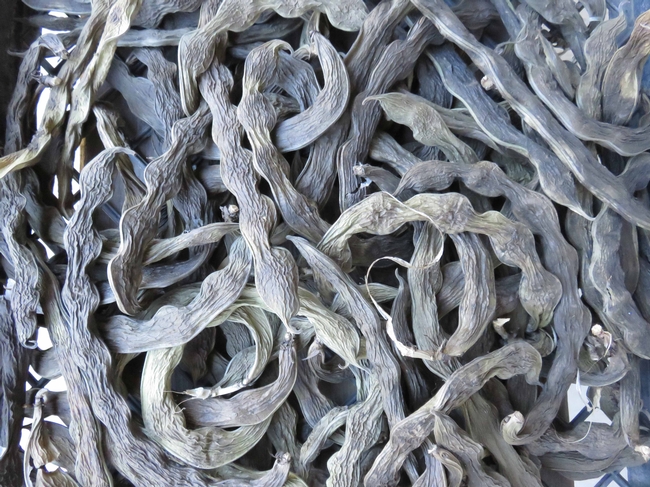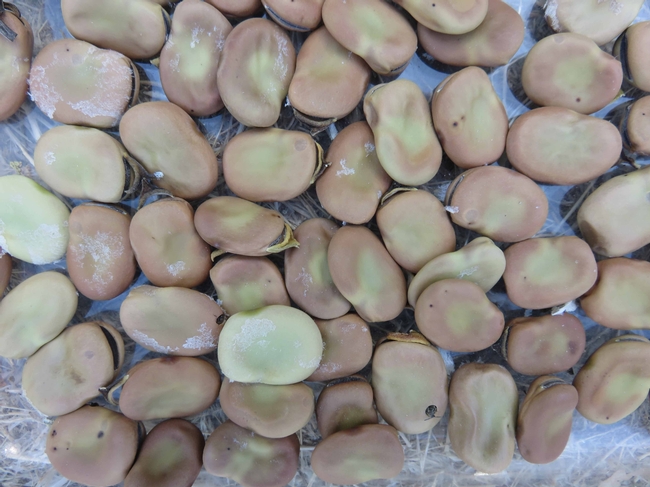By Barbara Ott, Butte County Master Gardener, September 23, 2016.
The abundance from summer vegetable gardens is extended through the winter and beyond by methods of canning, freezing and drying. But you can also give your summer vegetables a longer life span by saving their seeds.

Flowering vegetable plants can be cross-pollinated by wind or insects. This can cause even heirloom plants to produce offspring that are not true to the parent plant. Cross pollination can be minimized by planting just one variety of a vegetable, or by separating the different varieties with sufficient space between them. For example, do not plant hot peppers near sweet peppers. It is likely the sweet peppers will be hot if grown from their seeds the following season. The seeds from these peppers will not be true due to random pollination.
When friends and neighbors start saying “No thank-you” to zucchini, summer squash, and cucumbers, plan to let these vegetables set mature seeds, if they are not hybrids. Once this decision is made, production will decline. When saving seed, harvest from the best vegetables. Choose disease-free plants with desired qualities, look for the most flavorful vegetables, consider size, time from planting to harvest, and other 'best quality' characteristics.

The seeds in tomatoes, peppers, melons, summer squash, and cucumbers are ripe when the vegetables reach full color. Peppers will shrivel, tomatoes will be very soft, melons, summer squash, and cucumbers will be large. Pepper seeds can be taken out and dried. Tomato, melon, squash, and cucumber seeds are prepared with a wet method. Scoop the seed masses out of mature fruit. Put the seed mass and a small amount of warm water in a bucket or jar. Ferment for two to four days. Stir daily. The fermentation process kills viruses and separates the good seed from the bad seed. After two to four days, the good seeds will sink to the bottom of the container, while the pulp and bad seeds will float. Pour off the pulp, water, bad seed and mold. Spread the good seed on a screen or paper towel to dry.
Seeds must be stored dry. Make sure all containers or packages are labeled with the seed type or variety, and date of collection. Store in a cool dry location like a refrigerator. Seeds that are not dry enough before storage will mold. Seed viability will decrease over time. Most seed should be used within three years. As summer ends, enjoy the fruits of your labor, including saving some of your vegetable seeds for the future.